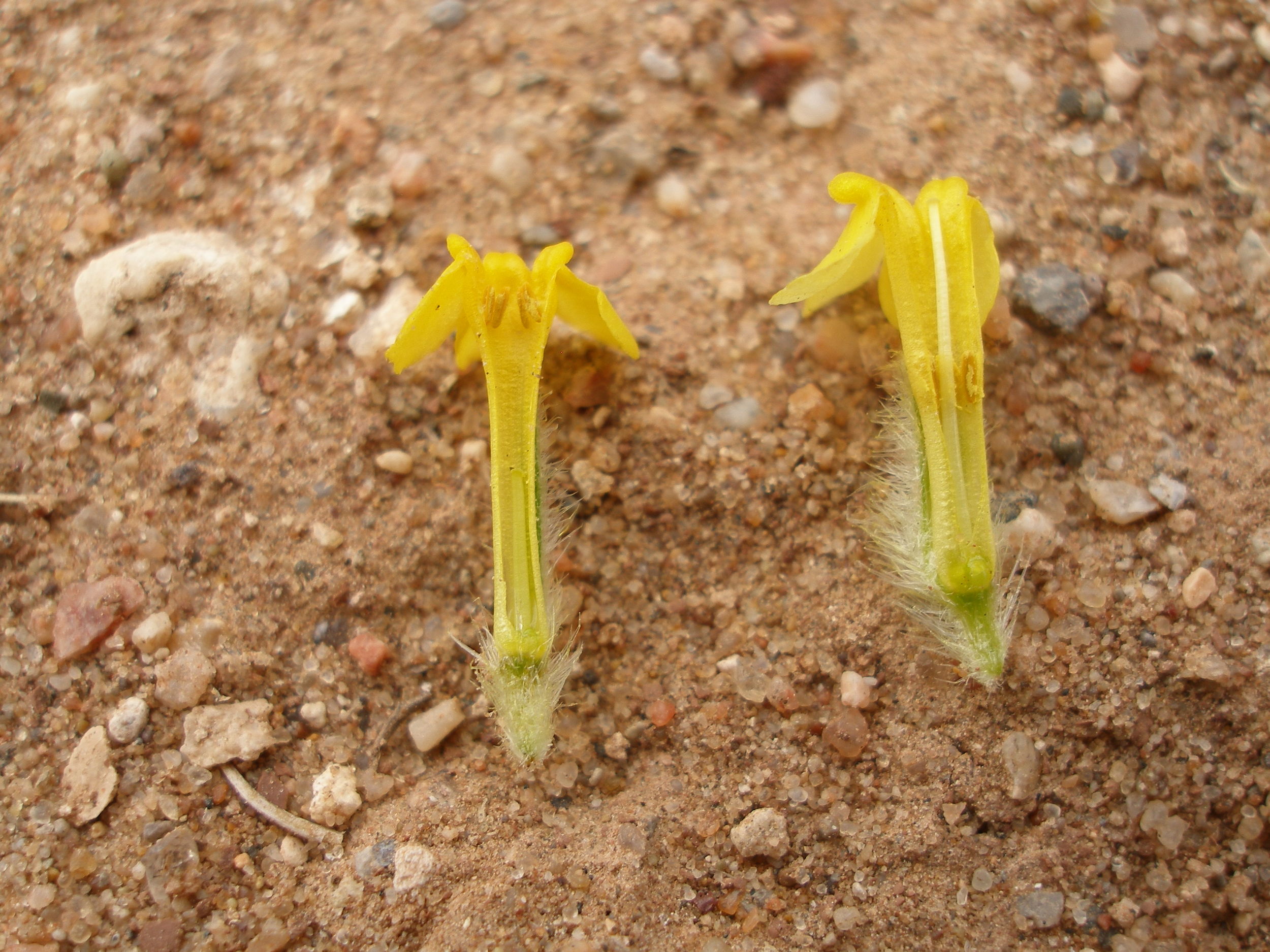Research

Phylogenetics of Boraginaceae
Boraginaceae, one of the largest families of the Lamiids, is characterized by a scorpioid cyme, gynobasic style, and nutlets. Although these features in the family are constant, others, including leaf venation, corolla shape, herkogamy, and nutlet ornamentation, are quite variable. Consequently, the family provides in an interesting group to study questions concerning the evolution of various morphological features. In order to address these questions in a phylogenetic context, my students and I are working to create a matrix that includes DNA regions from the three plant genomes as well as morphological characters. The phylogeny derived from this matrix will inform our understanding of evolutionary relationships, character evolution, development, and taxonomy.

Evolution and Development of Heterostyly
Heterostyly, a complex and elegant breeding system, is defined as the occurrence in a species of two or more floral morphs that exhibit reciprocal herkogamy. Heterostyly is often associated with ancillary physiological and structural characters, such as self- and intramorph-incompatibility (SI) and pollen and stigma polymorphisms. The breeding system has evolved multiple times among the angiosperms, but we are still trying to understand the manner in which heterostyly can arise and how heterostyly differs in each origin. My students and I are studying floral developmental patterns of heterostyly and placing these data in an evolutionary context in order to better understand the origin of this breeding system.

Conservation of Oreocarya crassipes
Oreocarya crassipes (I. M. Johnst.) Hasenstab & M. G. Simpson (Terlingua Creek Cat's-eye) is an endangered heterostylous species in Boraginaceae, and it is restricted to West Texas. Over the past 20 years, a small number of studies have provided information on the distribution and physiography of the species; however, information concerning the genetics and life history of O. crassipes is lacking. Without these data, it will not be possible to identify the best manner in which to conserve the species. To this end, students and I are utilizing various genetic and genomic data to understand the genetic diversity and population structure of this restricted species in order to be able to better conserve it. Additionally, we are studying the life history of the plant so that we can interpret its patterns of flowering and fruiting as well as the breeding system of O. crassipes to better understand heterostyly within this particular species. Within Boraginaceae, heterostyly can be quite variable, so it is necessary to investigate the breeding system within this species so that the most informed conservation proposals can be made.